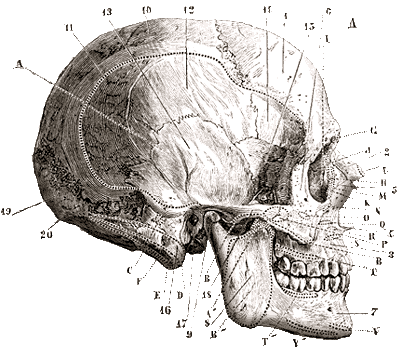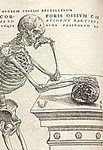Eagle owl (Bubo bubo) pellets from Roman Sagalassos (SW Turkey): distinguishing the prey remains from nest and roost sites.
B. De Cupere 1, S. Thys 1 2, W. Van Neer 1 2 *, A. Ervynck 3, M. Corremans 4, M. Waelkens 4
1Royal Belgian Institute of Natural Sciences, Vautierstraat 29, B-1000 Brussels, Belgium2Katholieke Universiteit Leuven, Laboratory of Comparative Anatomy and Biodiversity, Ch. Deberiotstraat 32, B-3000 Leuven, Belgium3Flemish Heritage Institute, Phoenix Building, Koning Albert II-laan 19 Box 5, B-1210 Brussels, Belgium4Katholieke Universiteit Leuven, Sagalassos Archaeological Research Project, Blijde Inkomststraat 21, B-3000 Leuven, Belgium
email: W. Van Neer (wvanneer@naturalsciences.be)
*Correspondence to W. Van Neer, Royal Belgian Institute of Natural Sciences, Vautierstraat 29, B-1000 Brussels, Belgium.
Keywords
eagle owl • pellets • prey choice • skeletal element representation • fragmentation • nest site • roost site
Abstract
Two concentrations of animal bones, almost exclusively from small mammals and wild birds, were found within the destruction debris of a Roman bath complex in Sagalassos (SW Turkey). The overall species spectrum, skeletal element representation, fragmentation and preservation condition of the bones indicate that they represent the prey remains of a large nocturnal avian predator, more precisely the eagle owl (Bubo bubo). Differences in skeletal element representation and in prey species' spectrum show that the two bone clusters derive from pellets deposited near a nest site and a roost site, respectively. Radiocarbon dates obtained from the bones indicate that eagle owls lived in the collapsing bath complex during the second half of the 6th to the beginning of the 7th century AD, before the final abandonment of the town. The MNI of the prey animals found at the nest site, confronted with the daily dietary needs of a female eagle owl and its young, indicates repetitive use of the same place during several years. Copyright © 2008 John Wiley & Sons, Ltd.
B. De Cupere 1, S. Thys 1 2, W. Van Neer 1 2 *, A. Ervynck 3, M. Corremans 4, M. Waelkens 4
1Royal Belgian Institute of Natural Sciences, Vautierstraat 29, B-1000 Brussels, Belgium2Katholieke Universiteit Leuven, Laboratory of Comparative Anatomy and Biodiversity, Ch. Deberiotstraat 32, B-3000 Leuven, Belgium3Flemish Heritage Institute, Phoenix Building, Koning Albert II-laan 19 Box 5, B-1210 Brussels, Belgium4Katholieke Universiteit Leuven, Sagalassos Archaeological Research Project, Blijde Inkomststraat 21, B-3000 Leuven, Belgium
email: W. Van Neer (wvanneer@naturalsciences.be)
*Correspondence to W. Van Neer, Royal Belgian Institute of Natural Sciences, Vautierstraat 29, B-1000 Brussels, Belgium.
Keywords
eagle owl • pellets • prey choice • skeletal element representation • fragmentation • nest site • roost site
Abstract
Two concentrations of animal bones, almost exclusively from small mammals and wild birds, were found within the destruction debris of a Roman bath complex in Sagalassos (SW Turkey). The overall species spectrum, skeletal element representation, fragmentation and preservation condition of the bones indicate that they represent the prey remains of a large nocturnal avian predator, more precisely the eagle owl (Bubo bubo). Differences in skeletal element representation and in prey species' spectrum show that the two bone clusters derive from pellets deposited near a nest site and a roost site, respectively. Radiocarbon dates obtained from the bones indicate that eagle owls lived in the collapsing bath complex during the second half of the 6th to the beginning of the 7th century AD, before the final abandonment of the town. The MNI of the prey animals found at the nest site, confronted with the daily dietary needs of a female eagle owl and its young, indicates repetitive use of the same place during several years. Copyright © 2008 John Wiley & Sons, Ltd.













